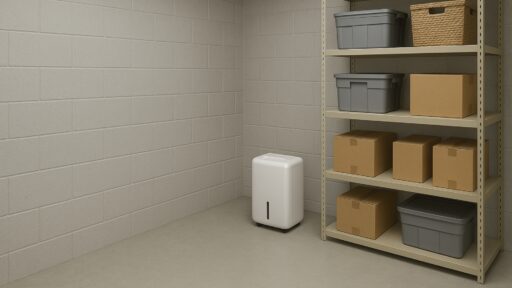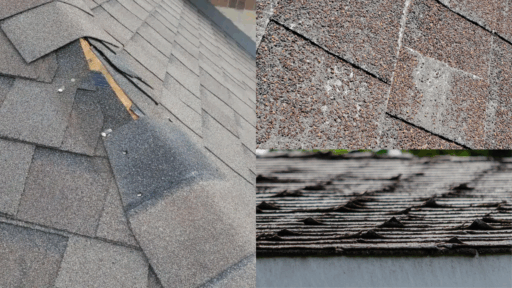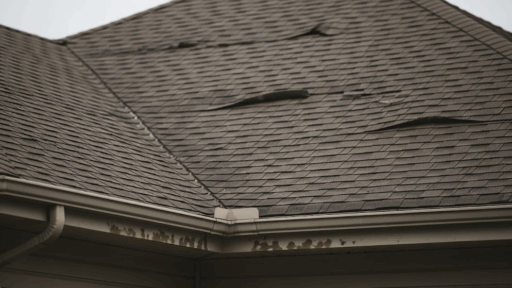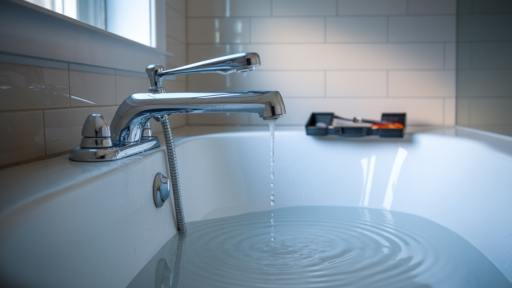Is your basement turning into an unwanted indoor pool? You’re not alone.
Wet basements are one of the most common headaches for homeowners.
They cause damage that hits both your home and your wallet.
Learning how to keep water out of your basement isn’t just about avoiding puddles.
It’s about protecting your home’s foundation. It’s about preventing dangerous mold.
It’s about saving thousands in repair costs. The solutions range from simple weekend projects to more advanced methods.
All aim to accomplish the same goal: a dry, healthy basement.
With the right approach, you can stop water problems before they start.
You can reclaim your basement space and enjoy peace of mind.
Why Keeping Water Out of Your Basement Matters
Water in your basement isn’t just an annoyance; it’s a serious problem that needs quick attention.
When water gets in, it creates the perfect home for mold and mildew to grow.
These fungi can spread quickly, causing breathing problems and allergies for your family.
Water can also damage your home’s foundation, weakening walls and floors over time.
Your stored items, furniture, and electronics are at risk too and could be ruined completely.
A wet basement makes your whole house smell musty and can lower your home’s value by 10-25% when it’s time to sell.
The smart approach is to stop water problems before they start.
Prevention costs much less than fixing water damage, which can run into thousands of dollars in repairs.
The Causes of Basement Water Intrusion

Before you can fix a wet basement, you need to identify the source of the water.
There are four primary ways water enters basements.
Each cause requires a different solution, so take the time to identify your specific problem.
1. Surface Water
Rain and melting snow can flow toward your house instead of away from it.
This happens when the ground slopes toward your home or when gutters are clogged or broken.
Water pools around your foundation and finds cracks to seep through.
After heavy rain, check if water is collecting near your foundation walls.
This is a clear sign that surface water is your problem.
2. Groundwater
Sometimes the problem is water under the ground.
When the soil gets very wet or the water table rises, it creates pressure against your foundation walls and floor.
This pressure can force water through tiny cracks or porous concrete.
If your basement becomes wet even when it hasn’t rained recently, or water appears to seep up through the floor, groundwater is likely the cause.
3. Plumbing Leaks
Broken or leaking pipes in your walls or under your floor can slowly release water into your basement.
Unlike weather-related causes, plumbing leaks occur year-round and often result in constant dampness.
Check for water stains on walls or ceilings, musty smells, or unexplained increases in your water bill.
These are warning signs of hidden plumbing problems.
4. Condensation/Humidity
Sometimes the water in your basement comes from the air itself.
Warm, humid air touches cold basement walls and floors, creating water droplets.
This condensation makes surfaces damp and raises humidity levels.
If you see water droplets on pipes or walls, or if your basement feels damp even when there is no visible water, high humidity is likely the issue.
How to Tell If Your Basement Has a Water Problem

Water problems in your basement often start small and get worse over time.
You might not see flooding right away, but your basement will give you clues that water is getting in.
- Musty or damp smells signal hidden moisture.
- Water stains, discoloration, or peeling paint on walls and floors.
- Mold growth in corners and edges.
- Cool, damp areas on walls after rainfall.
- White, chalky powder (efflorescence) on concrete surfaces.
Don’t ignore these warning signs. The sooner you identify a water problem, the easier and less expensive it will be to fix.
If you notice any of these signs, take immediate action to locate the source and prevent further damage.
Methods to Keep Water Out of Your Basement
Keeping water out of your basement requires a combination of strategies.
Some solutions are simple weekend projects you can do yourself, while others might need professional help.
1. Extend Downspouts Away from the Foundation

Downspouts that end too close to your house create puddles right next to your foundation.
These puddles eventually seep into your basement.
Extend your downspouts at least 6 to 10 feet away from your home using inexpensive extensions or buried drain pipes.
This simple fix often resolves many basement water problems and costs significantly less than interior waterproofing systems.
2. Improve Yard Grading

The soil around your foundation should slope away from your house, not toward it.
Over time, soil settles and can create low spots that collect water.
Add soil to create a gentle downward slope that moves water away from your foundation.
Aim for a drop of at least one inch per foot for the first 6-10 feet around your home’s perimeter.
This helps rainwater flow away naturally.
3. Clean and Maintain Gutters
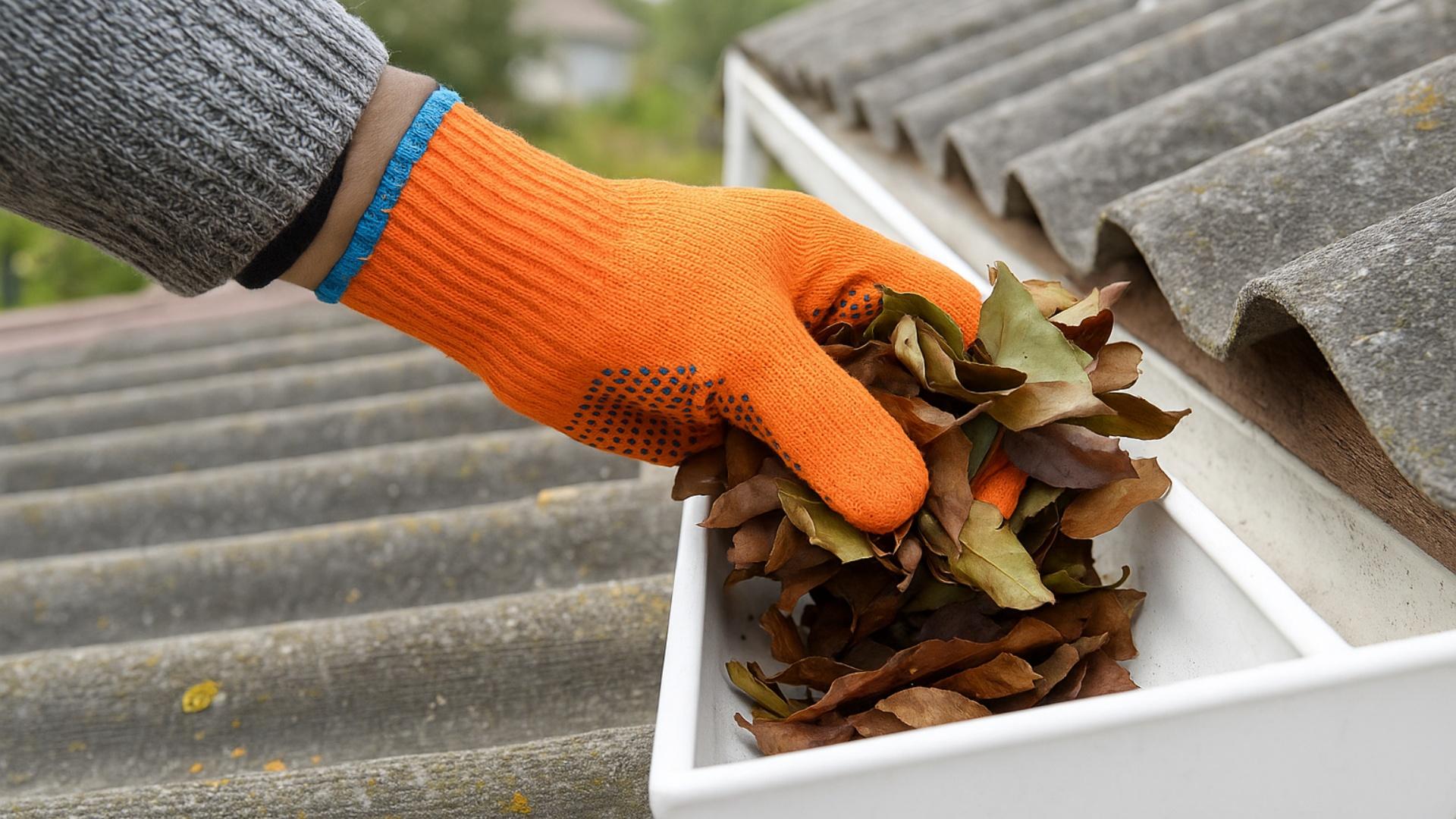
Clogged gutters overflow, sending cascades of water down your foundation walls.
Clean your gutters at least twice a year, more often if you have many trees nearby.
Check that gutters aren’t sagging and that all seams are sealed properly.
Ensure the gutters slope slightly toward the downspouts so that water flows out instead of pooling in sections.
4. Seal Foundation Cracks
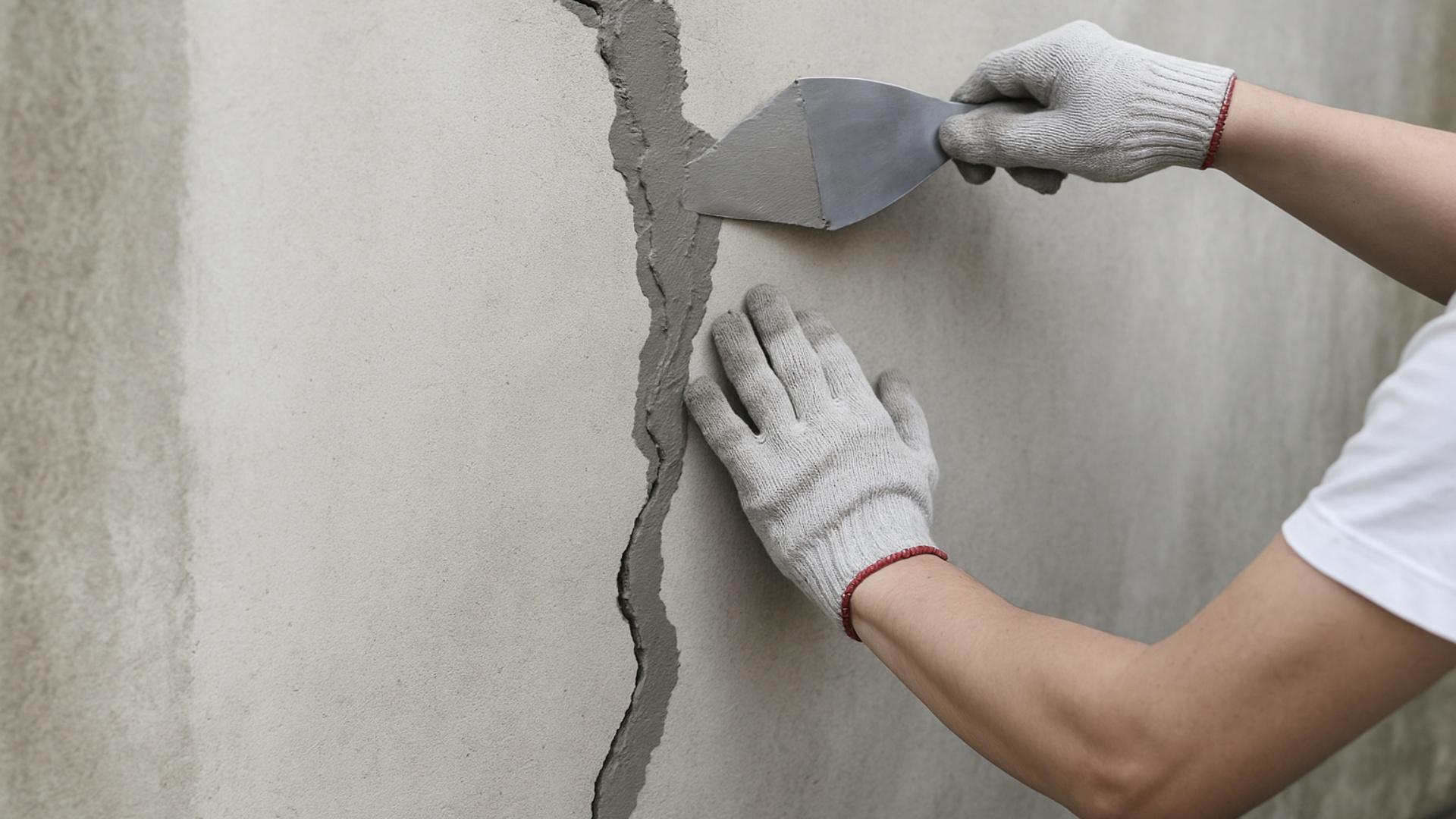
Even small cracks in your foundation can let surprising amounts of water into your basement.
Scrutinize your foundation walls and seal any cracks with hydraulic cement or epoxy-based sealants explicitly designed for concrete.
For larger cracks or those that continue to leak, consider consulting a professional, as these may indicate structural issues that require more attention.
5. Apply Waterproofing Paint or Sealant Inside
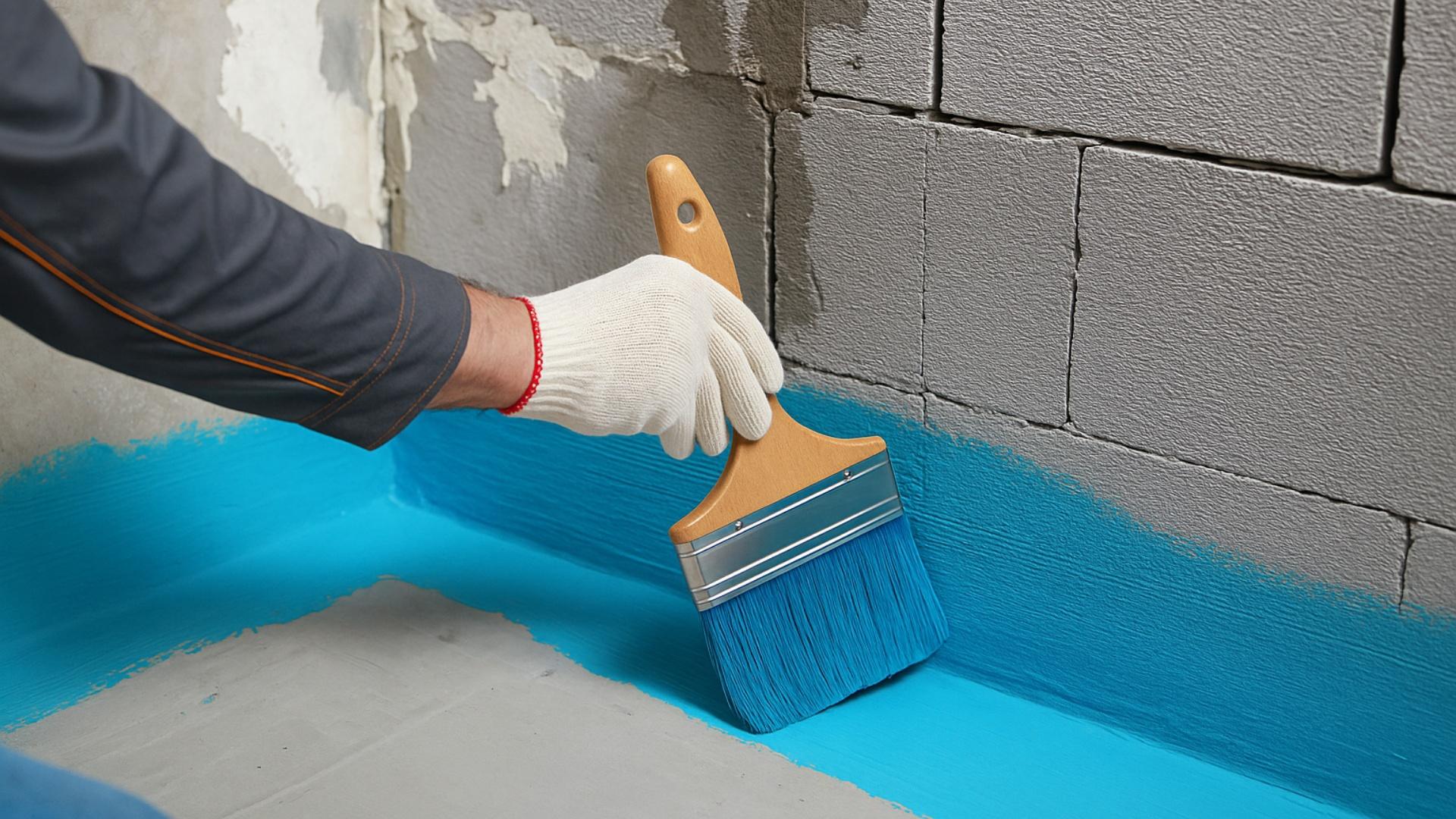
Interior waterproofing products create a barrier that prevents moisture from passing through concrete and masonry.
Clean your basement walls thoroughly, then apply a high-quality masonry waterproofing product according to the manufacturer’s instructions.
While this won’t stop major leaks or structural problems, it works well for minor dampness and helps prevent mold growth by sealing porous surfaces.
6. Install a Sump Pump

A sump pump system collects water in a basin installed at the lowest point of your basement floor.
When water reaches a certain level, the pump activates automatically and discharges it outside through a pipe.
Always install a battery backup system to keep your pump working during power outages.
Power failures often occur during severe storms when you need your sump pump most.
7. Install an Interior French Drain

An interior French drain cuts a channel around the basement, installs perforated pipe, and covers it with gravel and concrete.
This system collects water that seeps through walls or under the foundation and directs it to a sump pump.
While installation is disruptive and costly, it effectively manages groundwater pressure before it can damage your basement.
8. Use a Dehumidifier
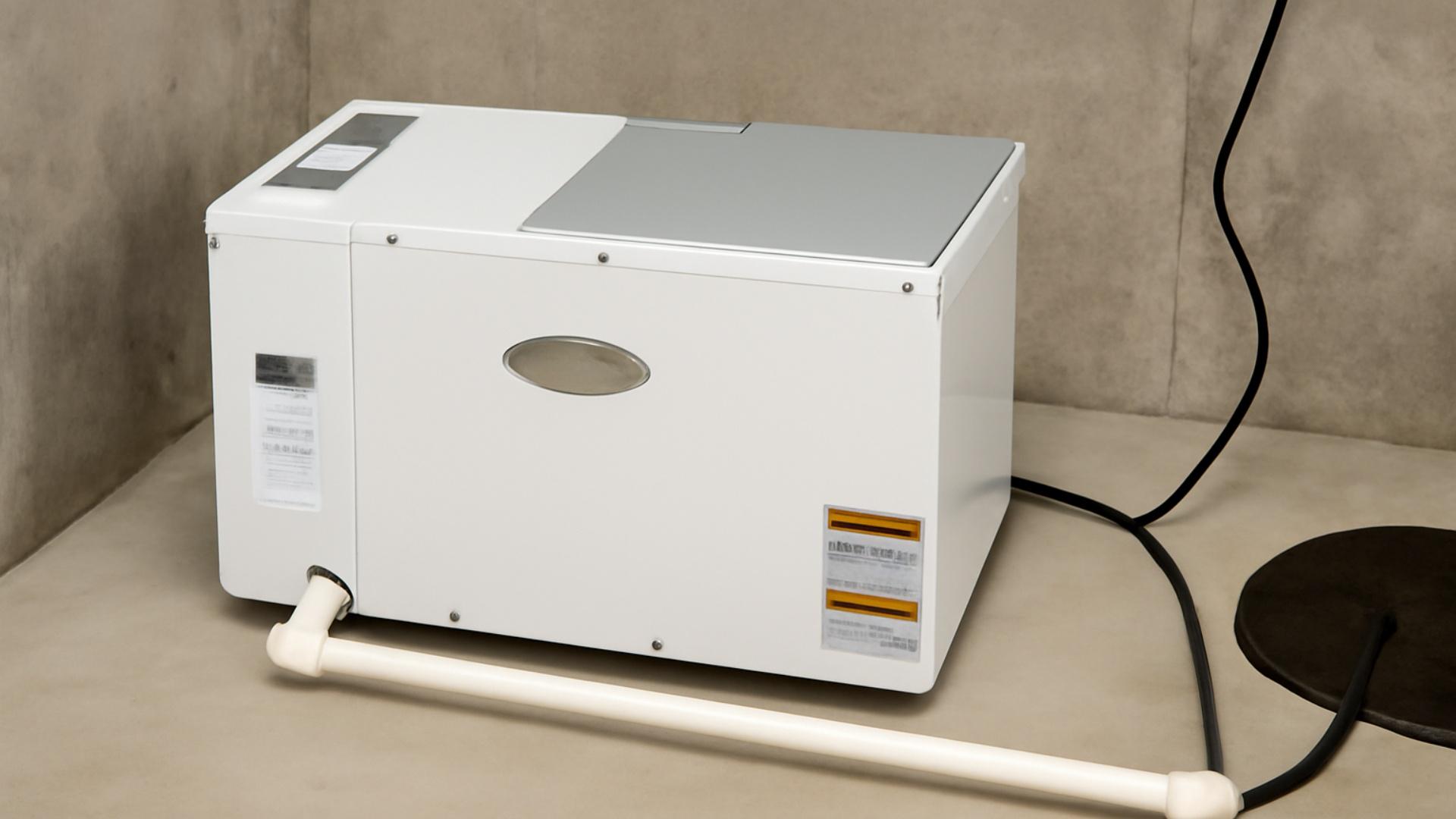
Even with other waterproofing measures, basements often remain humid.
A good dehumidifier removes excess moisture from the air, preventing condensation on cold surfaces and discouraging mold growth.
Select a model that suits your basement size, featuring an auto-drain function to minimize the need for frequent water bucket emptying.
9. Maintain Window Wells and Covers

Basement windows are situated below ground level in wells that can collect water and channel it directly through the window frames.
Install clear acrylic covers that allow light to pass through while keeping water out.
Ensure proper drainage at the bottom of each well by adding several inches of gravel.
Regularly clean debris from wells to prevent clogged drainage and water buildup.
DIY vs. Professional Basement Waterproofing
Some issues are easy to fix, while others require professional assistance.
Deciding whether to address basement water problems yourself or hire a professional depends on the severity of the issue and your comfort level with home improvement.
Here’s a quick guide to help you decide which route to take:
| DIY SOLUTIONS | PROFESSIONAL SOLUTIONS |
|---|---|
| Cleaning gutters and grading soil | Recurring or heavy flooding |
| Patching minor cracks | Foundation walls show structural damage |
| Applying interior sealants | Installing a full drainage or exterior waterproofing system |
| Managing indoor humidity | Planning a finished basement |
Remember that water issues tend to worsen over time if not properly addressed.
Start with DIY solutions for minor problems, but don’t hesitate to call in experts if you’re dealing with serious water intrusion.
Mistakes to Avoid When Waterproofing Your Basement
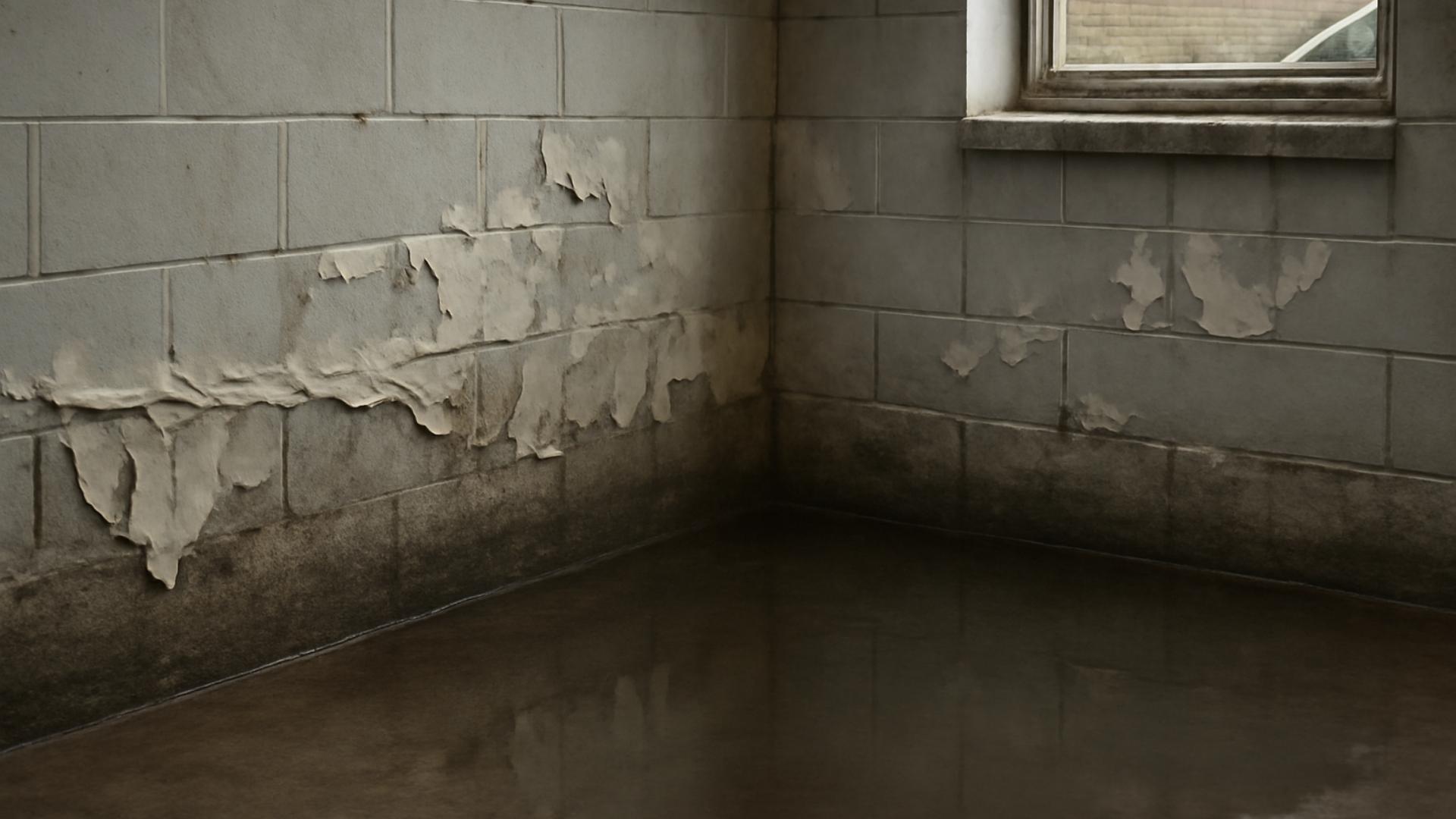
When dealing with basement water problems, certain mistakes can waste money and worsen the situation.
Avoid these critical errors:
- Treating symptoms instead of finding the real source of water entry.
- Focusing solely on interior solutions when poor exterior drainage is the primary issue.
- Applying waterproofing sealants to dirty, wet, or flaking surfaces.
- Believing that one solution will fix everything when most issues require multiple approaches.
- Delaying repairs leads to more extensive damage and higher costs later.
Proper basement waterproofing is an investment in your home’s value and your family’s health.
Addressing both interior and exterior factors will save you money and stress in the long term.
Summing It Up
Now you have all the tools and knowledge you need to keep water out of your basement for good.
Remember to act quickly when you spot the first signs of moisture.
Approach the problem from multiple angles for optimal results.
Start with the simplest fixes, like extending downspouts and cleaning gutters.
Then move to more complex solutions if needed.
A dry basement means a healthier home. It means less stress and more usable space for your family.
The money you spend on preventing water damage now will save you much more in the future.
Don’t wait for the next big storm to test your basement. Start waterproofing today and protect your investment!
Learned how to keep water out of your basement?
Explore more blogs in our home maintenance section to protect your home!

